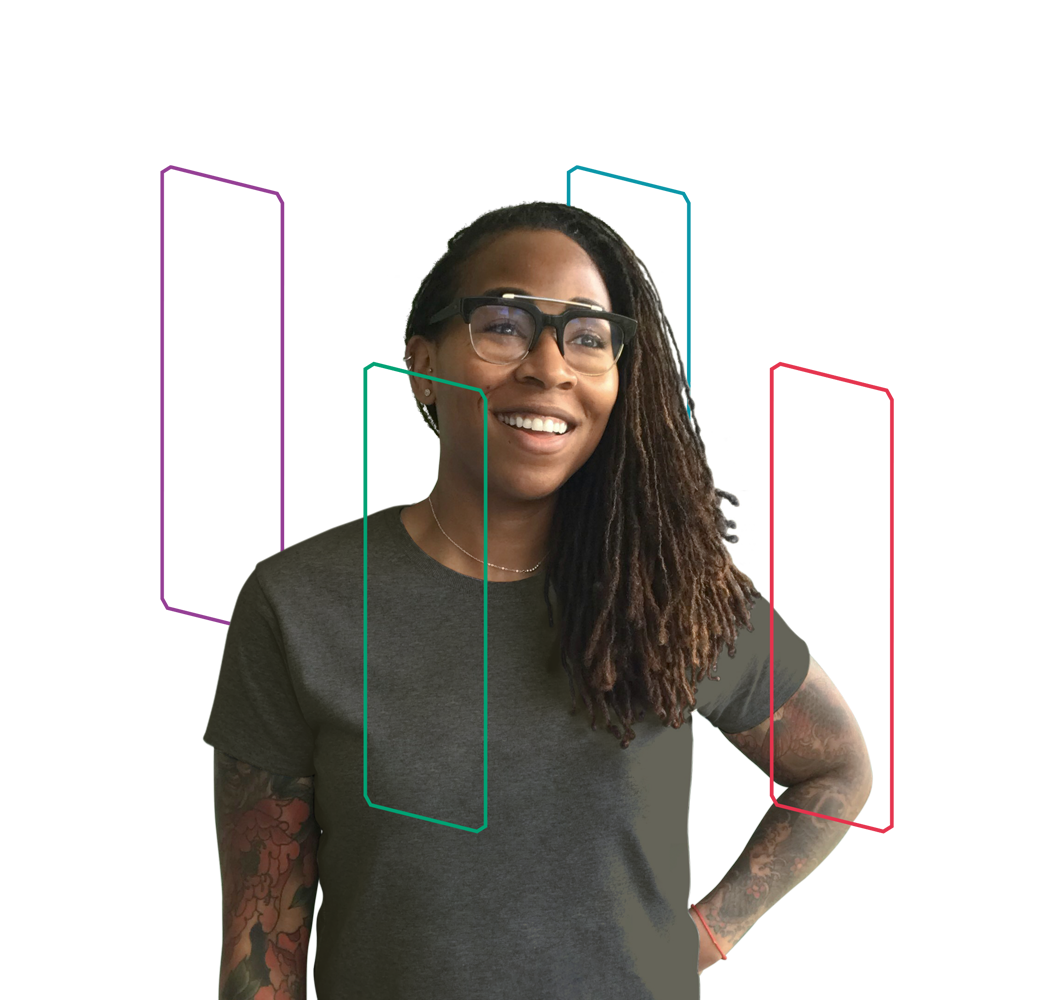- Nurses have cared for patients with ingenuity and empathy throughout the COVID-19 crisis, often at great personal risk.
- We’ve spent every shift solving problems––from making our own PPE to running IV lines through hospital hallways.
- These workarounds are innovation, plain and simple, and we continue to invent, start up, and lead the way forward.
- With the spotlight of COVID-19, new paths in nursing are being forged in clinical and non-clinical roles alike, and nurses will continue to make a difference in patients’ lives and their communities.
Of the billions worldwide who’ve been affected by COVID-19, we’re one of the groups that has paid the heaviest price.
It’s probably going too far to claim that there’s a silver lining to COVID-19. But it’s not a stretch to say that this global pandemic has finally proven how indispensable and innovative we are. We’ve proned and intubated, we’ve held patients’ hands, we’ve FaceTimed with loved ones to help them say their final farewells. Across every environment—not just hospitals, but nursing homes, primary care practices, schools, and in our communities—we’ve been the ones to comfort others, often at great risk to ourselves.
We’ve cared for our patients with ingenuity and empathy, just as we’ve done in every global health care crisis for more than a century. Through the 1918 influenza pandemic, two world wars, AIDS, H1N1, Ebola, SARS, and MERS. And now COVID-19. Except this time, the world has paid attention. This time, we’re finally getting the recognition we have long deserved.
Which means that the challenges and constraints we’ve faced in the past — being treated as expendable, perceived as task-oriented support, regarded as a cost center rather than a revenue center — do not have to be accepted and are not a given. In fact, many of us are already moving beyond traditional roles, forging bold new paths both inside and outside clinical settings. If you’re thinking about leaving nursing, perhaps we can convince you to reconsider and instead explore a new direction within the profession.
27 workarounds—and not one labeled innovation
We’ve spent every single shift of this pandemic solving problems that left others dumbfounded—repurposing baby monitors to communicate with COVID-19 patients from outside their rooms, fashioning our own PPE, running IV lines in hospital hallways to reduce staff exposures. This is just what we do, and importantly, this is what we’ve always done. In fact, Rebecca Love—SHIFT Talk guest, nurse, entrepreneur and founder of the Society of Nurse Scientists, Innovators, Entrepreneurs and Leaders (SONSIEL)—told us that the average nurse does 27 such workarounds a shift. She calls that “insane.” We call it amazing.
While companies like Google and Amazon have built entire empires around employee-driven hacks, comparatively speaking, nursing remains in the dark ages. In fact, we often have our wrists slapped when we deviate from process and protocol—sometimes even when the result is a better patient experience. Of course, process and procedure have their places, don’t get us wrong. But when we get so wedded to them that we miss opportunities to innovate, or we fail to recognize a workaround as innovation, that’s a real problem. Especially because the health care equipment we use typically isn’t designed with our input, making workarounds a true necessity.
But still, nurses continue to invent, innovate, start up and lead the way forward
Sadly, most of us don’t label our workarounds as innovation either. But we should, SHIFT Talkers. Just look at the fruits of our collective labors. A small sampling of the new medical devices and procedures nurses have created over the past few years includes a virtual rounding platform and patient-proning training, a neurological development assessment tool for newborns, and heart-failure monitoring socks. Not to mention the fact that nurses also started the companies that brought these products—and many others—to market.
Who knows what we’ll see next, as more and more nurses join other health care professionals, technologists and entrepreneurs at health care hackathons, innovation meetups and innovation labs across the country to share ideas on the future of health care. That’s right, nurses hang out at hackathons! We even have our own—check out the COVID-19 virtual nurse hackathon that was held in May.
Here’s a couple more jaw-droppers to close out our discussion of innovation achievements. There are an estimated 500 nurse-led health clinics in the United States and 33 hospitals and health systems now have CEOs who are nurses.
And so now the change is (finally) coming
These astounding accomplishments haven’t been the focus of conversations about nursing. But that’s changing with COVID-19. Throughout the pandemic, nurses have often battled the virus with little more than their own medical mojo. Health system administrators and physicians alike have watched us solve the problems that no one else can. They’re in awe of how we’re rising to the occasion—they are in awe of and finally recognizing our knowledge, and yes, our innovation.
It’s hard to know whether we should laugh or cry, right? Of course, we have knowledge! Studies prove that primary care can be administered just as effectively and safely by nurse practitioners as doctors and that advanced practice nurses improve clinical outcomes, patient satisfaction and cost savings in emergency and critical care settings. Of course, we are innovators! From hygiene and a proper diet in hospitals to the feeding tube, the crash cart, the ostomy pouch, the sanitary pad, baby bottles with disposable liners, color-coded IV lines and neonatal phototherapy, all are the invention or discovery of nurses.
With the change will come new opportunities
We’re all well aware of the nursing shortages predicted for the coming years (more than 200,000 RNs will need to be hired every year through 2026 to sustain our health system!). And with all that’s going on with COVID-19, there’s a real concern that even more of us will opt out—or worse yet, never opt in in the first place.
What we want you to know, SHIFT Talkers, is that there’s more than one path in nursing, and with the spotlight that COVID-19 has shined on us, new paths are being forged every single day. If you’re unhappy or burned out by what you’re doing today, maybe it is time to make a change—but please know that you can do that within nursing.
For living proof of the possibilities opening up in our profession, look no further than SHIFT Talk’s host and guests. All of them are inspiring and innovative nurses who have worked in a variety of clinical and non-clinical roles — and all are making a remarkable difference in patients’ lives and their communities.
They are progressive care, critical care, pediatric, and post-op nurses. They are family and community nurse practitioners. They are professors, researchers, authors, and renowned speakers. They are social media influencers, entrepreneurs, and business owners.
And they are all innovators. What possibilities would open up if you labeled yourself as an innovator?


